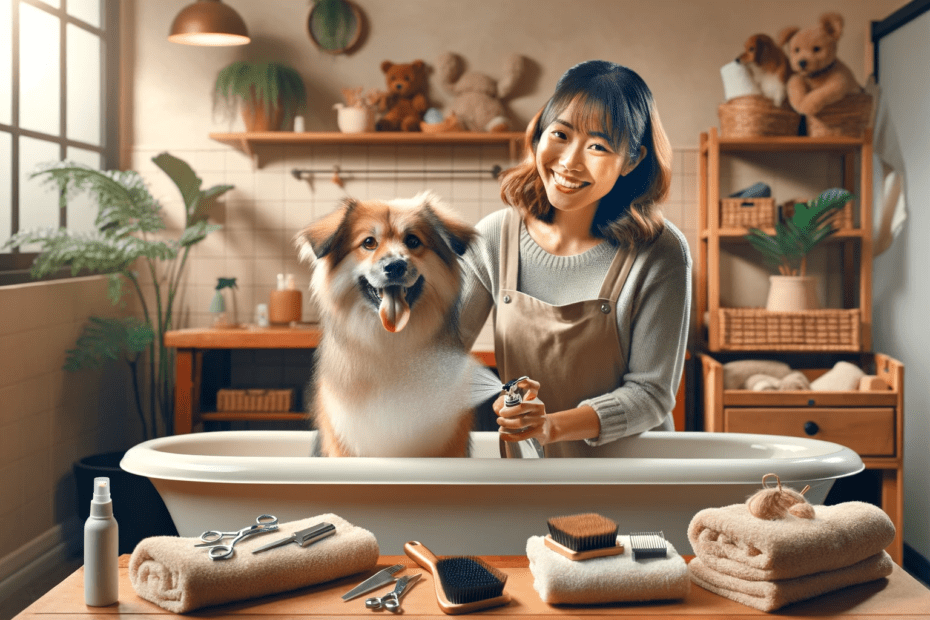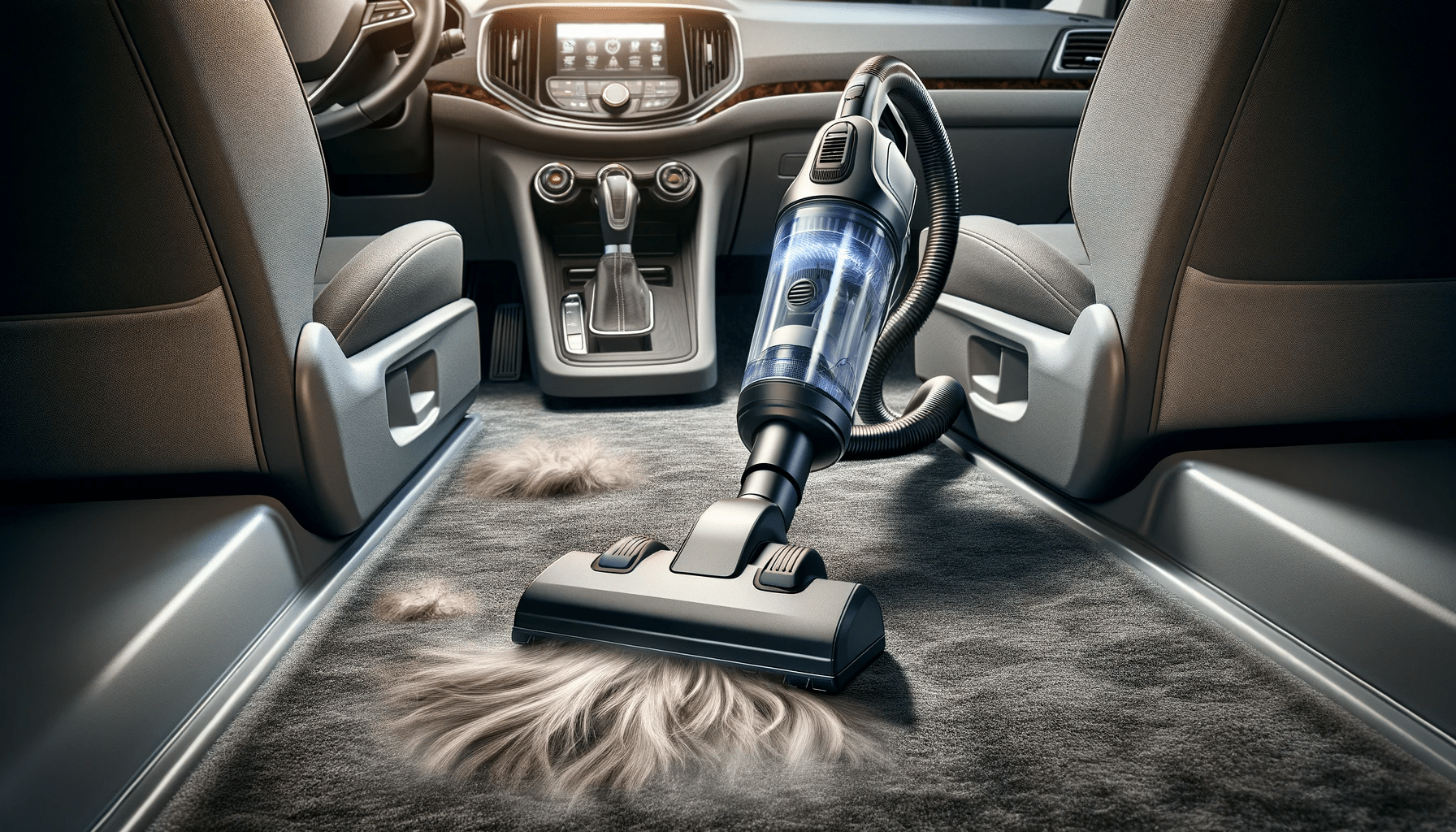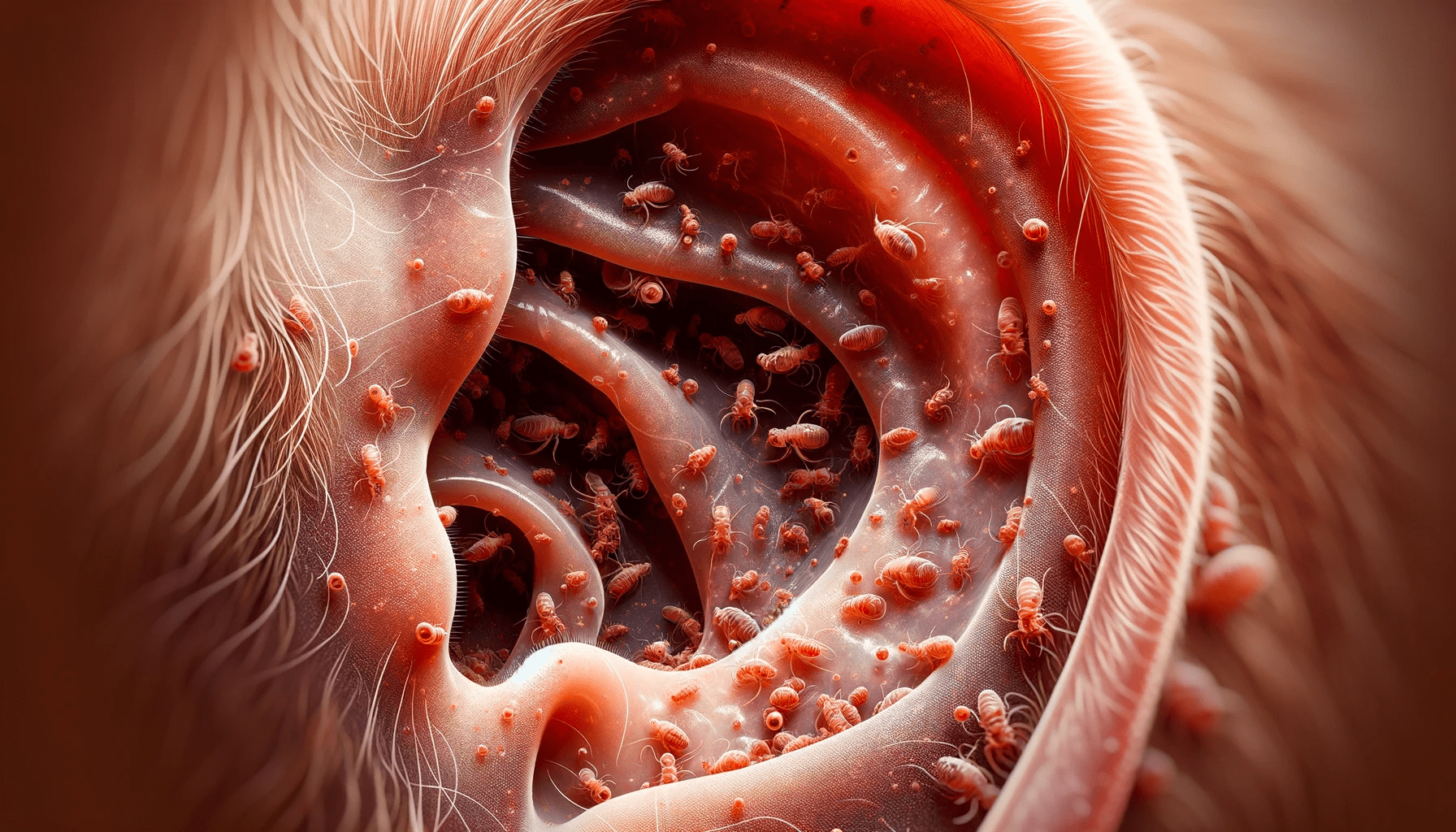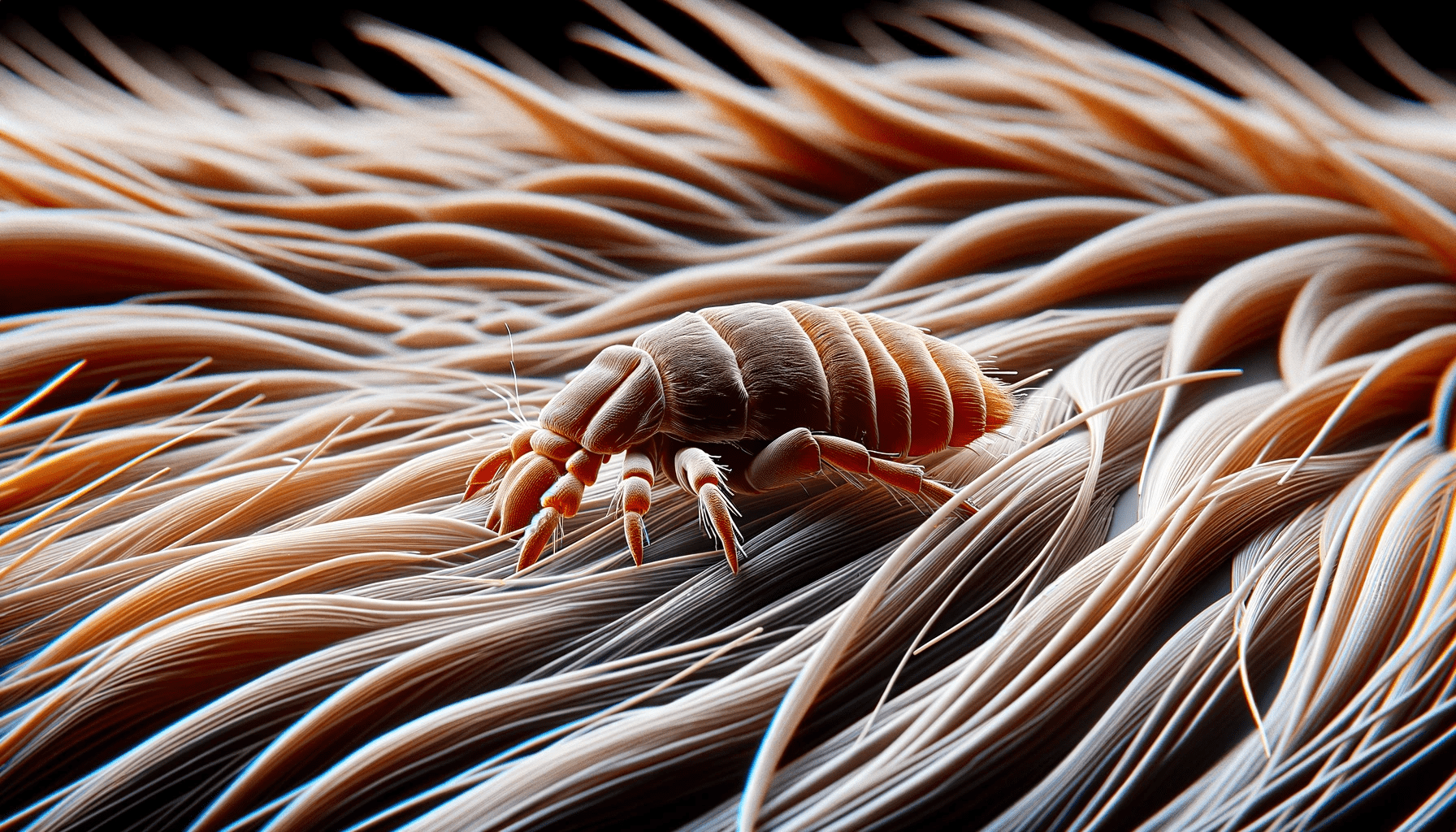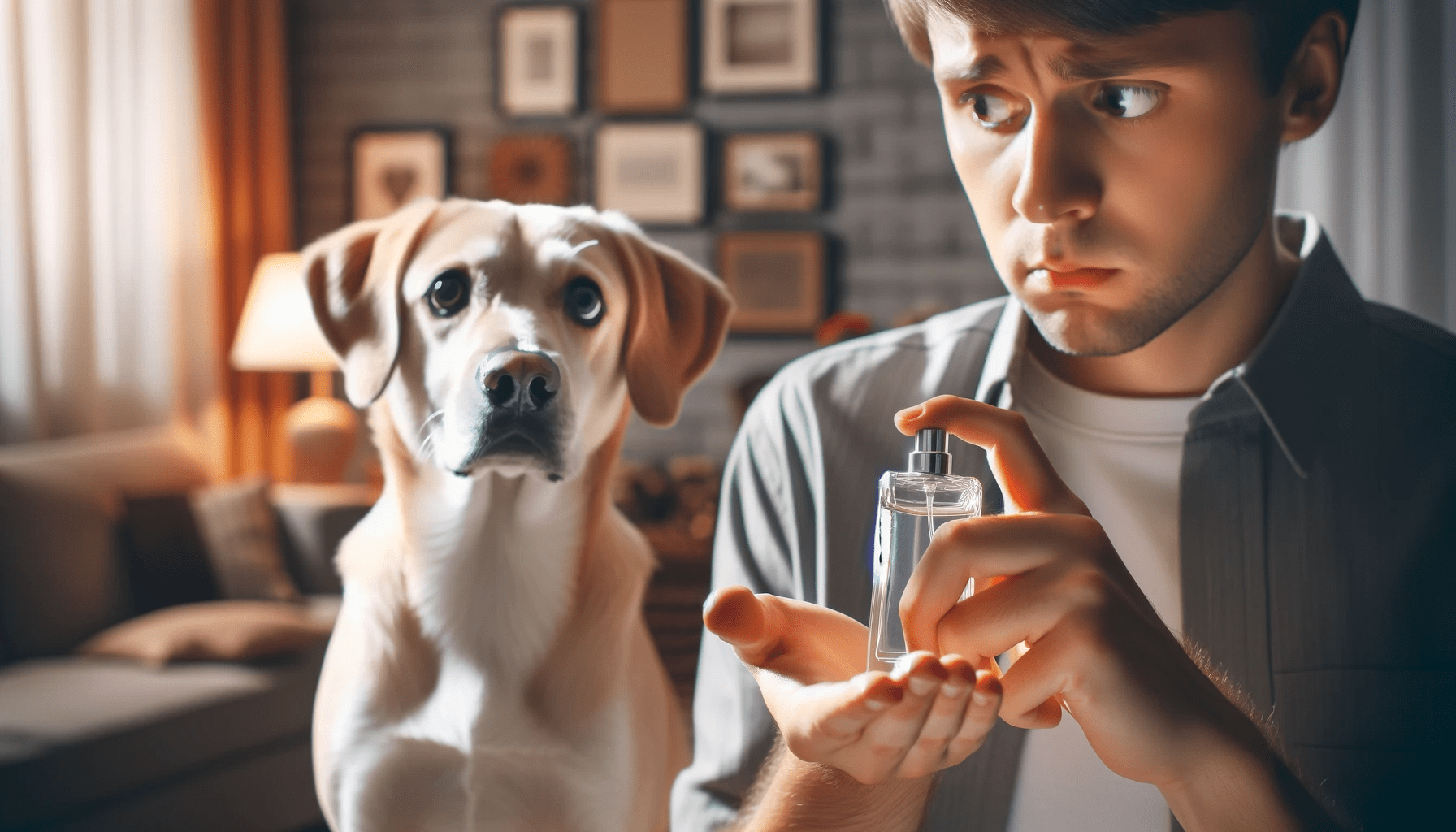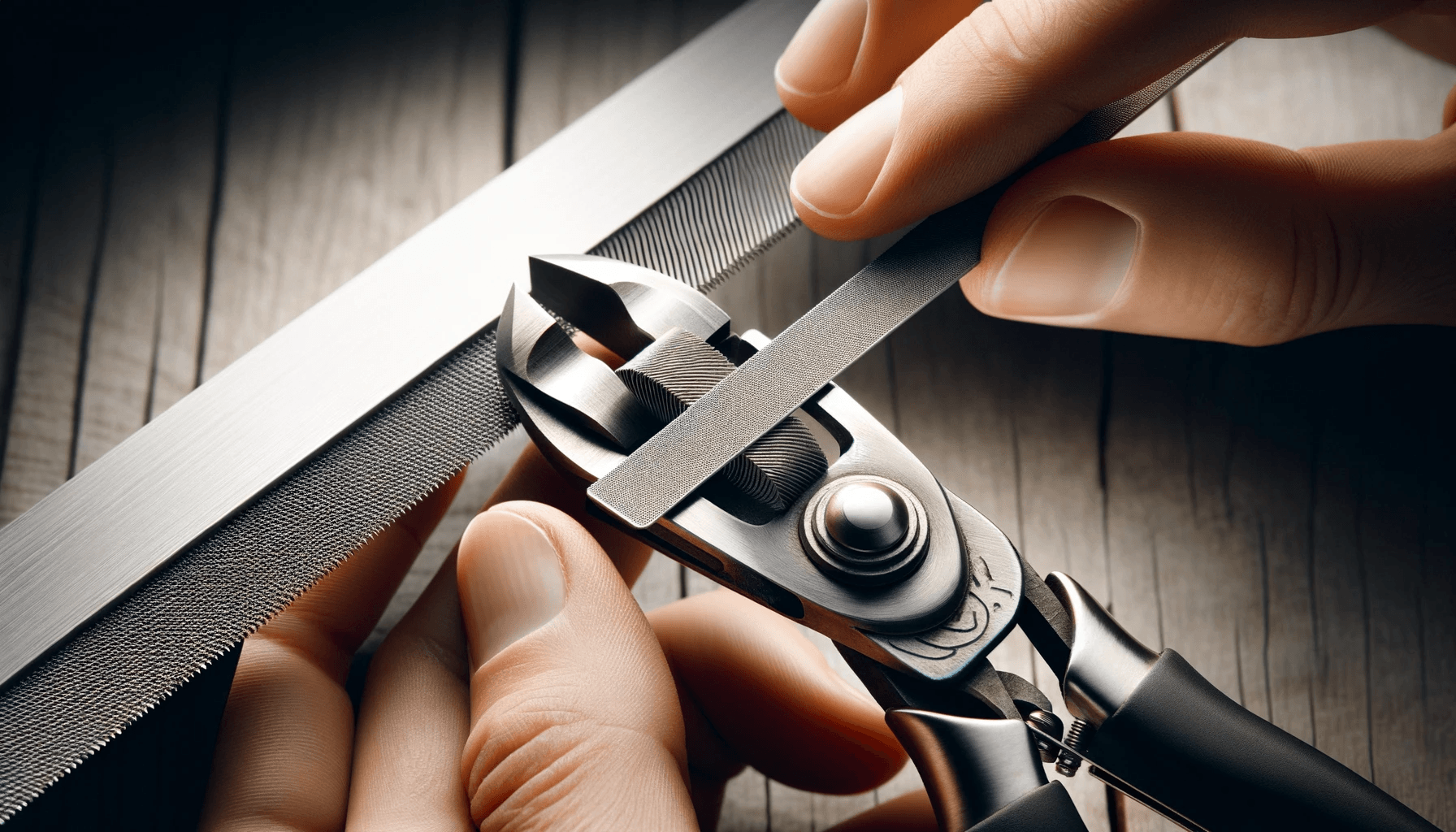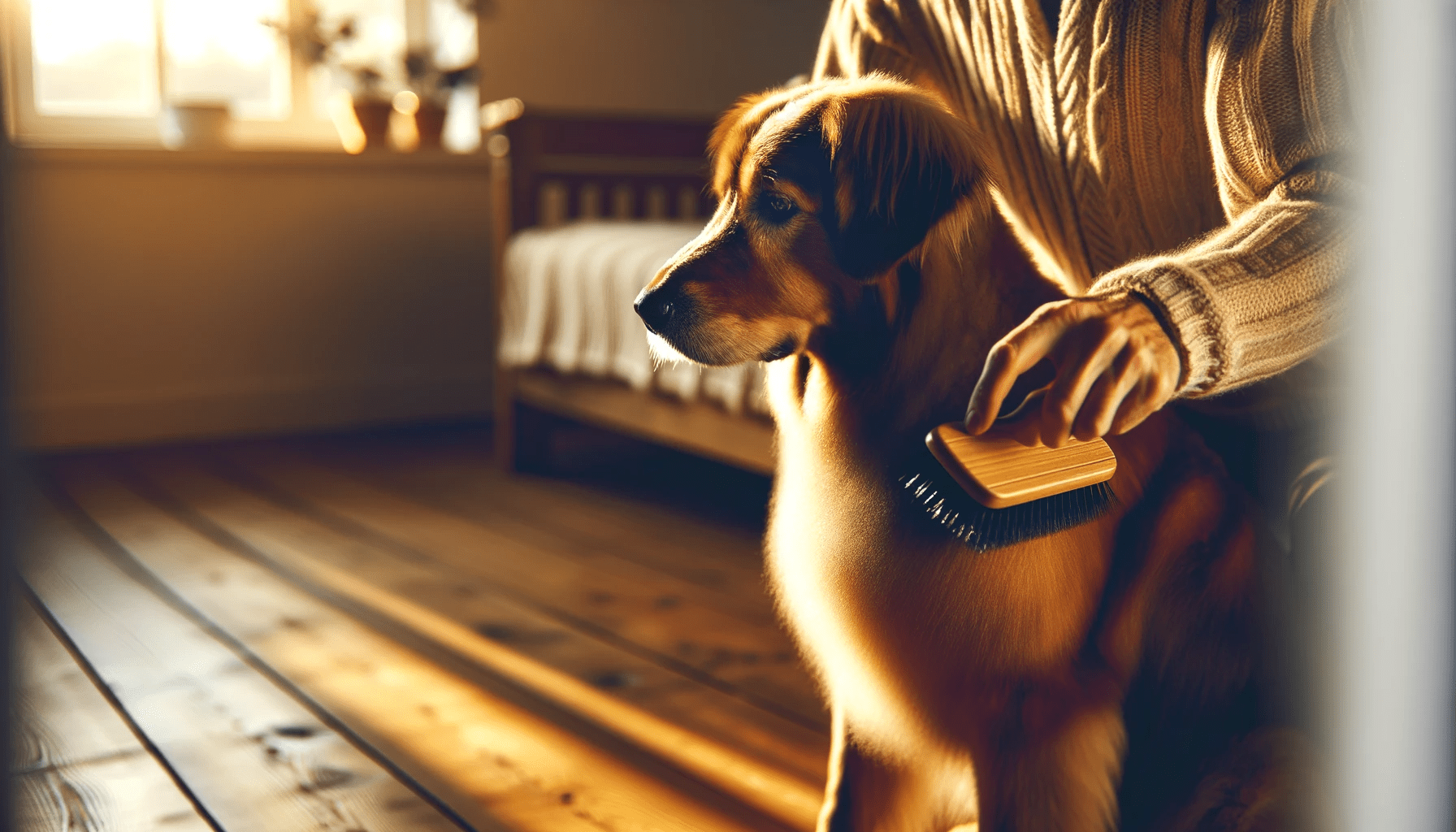Looking to save some money and keep your furry friend looking fresh? Check out these 5 easy pointers for grooming your dog at home.
- Simple brushing techniques: Regular brushing helps keep your dog's coat healthy and prevents matting. Use a brush or comb suitable for your dog's fur type and gently work through any tangles or knots.
- Bathing and drying tips: Use a dog-friendly shampoo and warm water to give your pup a bath. Make sure to thoroughly rinse out all the soap and dry your dog completely with a towel or hairdryer on a low heat setting.
- Nail trimming and paw care: Trim your dog's nails regularly to prevent them from becoming too long and causing discomfort. Take care not to cut into the quick, which can cause bleeding. Also, don't forget to check and clean your dog's paw pads for any debris or cuts.
- Ear cleaning and dental care: Keep your dog's ears clean by gently wiping them with a damp cloth or using a specialized ear cleaning solution. For dental care, brush your dog's teeth regularly using a dog-specific toothbrush and toothpaste.
- Dealing with shedding and mats: Brushing your dog's coat regularly helps to remove loose fur and reduce shedding. If your dog has mats, gently try to remove them with a comb or brush. If they're too difficult to remove, consider seeking professional help.
You'll have your pup looking and feeling their best in no time. Say goodbye to expensive grooming appointments and hello to a well-groomed pup right in the comfort of your own home.
Key Takeaways
- Regular brushing is important to prevent matting and maintain a healthy coat.
- Use dog-friendly shampoo and lukewarm water for bathing, and thoroughly rinse out all the soap.
- Trim nails regularly and consider using a nail grinder for a more comfortable experience.
- Gently wipe the outer part of the ear with a damp cloth for ear cleaning and avoid inserting anything into the ear canal.
Brushing Techniques
Do you know the best way to brush your dog's coat at home? Brushing your dog's coat is an important part of their grooming routine and helps to keep their fur healthy and shiny. To effectively brush your dog's coat at home, there are a few key steps to follow.
First, make sure you have the right dog grooming tools. A slicker brush is great for removing tangles and mats, while a bristle brush is perfect for smoothing and adding shine. Additionally, a comb with both wide and narrow teeth can be useful for detangling and removing loose hair.
Start by gently brushing your dog's coat in the direction of hair growth. Be sure to pay attention to areas that are prone to tangles, such as behind the ears, under the legs, and around the tail. Use short strokes and apply gentle pressure to avoid causing discomfort.
Regular brushing not only helps to maintain your dog's coat, but it also promotes healthy skin by stimulating blood flow and distributing natural oils. By following these simple brushing techniques and using the right dog grooming tools, you can keep your dog's coat looking its best and maintain their overall health.
Bathing and Drying Tips
To ensure a thorough and comfortable bathing experience for your dog, follow these simple tips for bathing and drying at home.
First, gather all the necessary dog grooming supplies before starting the process. You'll need dog-safe shampoo, a brush or comb, towels, and a blow dryer (if your dog is comfortable with it).
Make sure the water temperature is lukewarm, as hot water can be uncomfortable for your furry friend. Wet your dog's fur thoroughly, working from the neck down to the tail, and be careful to avoid getting water in their ears and eyes.
Use the dog-safe shampoo and lather it into their fur, focusing on areas that are dirty or have an odor. Rinse well, making sure to remove all the shampoo residue.
After bathing, gently towel dry your dog to remove excess moisture. If your dog is okay with it, you can use a blow dryer on the lowest heat setting to speed up the drying process. Make sure to keep the dryer at a safe distance from your dog's skin to prevent burns.
Nail Trimming and Paw Care
After properly bathing and drying your dog, it's important to continue their grooming routine by addressing nail trimming and paw care.
Here are some easy tips to help you take care of your dog's nails and paws:
- Nail grinding: Instead of using clippers, consider using a nail grinder to trim your dog's nails. This tool allows you to gradually file down the nails, making it less likely to accidentally cut the quick. Be sure to use a grinder specifically designed for dogs and reward your pup with treats throughout the process to make it a positive experience.
- Regular trimming: Trim your dog's nails regularly to prevent them from becoming too long. Long nails can cause discomfort and even lead to joint problems in the long run. If you're not comfortable trimming your dog's nails yourself, consider taking them to a professional groomer.
- Paw pad moisturizing: Keep your dog's paw pads moisturized to prevent them from becoming dry and cracked. You can use a specialized paw balm or even coconut oil to soothe and protect their paw pads. Apply the moisturizer after their grooming routine or before going for a walk in extreme weather conditions.
- Check for debris: Regularly inspect your dog's paws for any debris, such as thorns, burrs, or small rocks. These can cause discomfort or even injuries if left unattended. Use tweezers to carefully remove any foreign objects you find.
- Paw massage: Take some time to give your dog's paws a gentle massage. This not only helps to relax them but also improves blood circulation and promotes healthy paw pad function.
Ear Cleaning and Dental Care
Clean your dog's ears regularly to maintain their overall health and prevent ear infections. Ear infections can be uncomfortable for your furry friend and may lead to more serious health issues if left untreated. To clean your dog's ears, start by gently wiping the outer part of the ear with a soft, damp cloth. Be careful not to insert anything into the ear canal, as this can cause damage. If you notice excessive wax buildup or a foul odor, it's important to consult your veterinarian for a thorough examination.
In addition to ear cleaning, dental care is also crucial for your dog's overall well-being. Just like humans, dogs can suffer from dental problems such as gum disease, tooth decay, and bad breath. To keep your dog's oral hygiene in check, you can brush their teeth regularly using a toothbrush and toothpaste specifically designed for dogs. It's important to start this routine early on to get your dog accustomed to it.
Additionally, providing your dog with dental chews or toys can help remove plaque and tartar buildup. Remember, a healthy mouth leads to a healthy body, so make sure to prioritize your dog's dental care as part of their grooming routine.
Dealing With Shedding and Mats
When it comes to dealing with shedding and mats in your dog's coat, it's important to regularly brush them using a brush specifically designed for their fur. This not only helps to keep their coat looking neat and tidy but also prevents the buildup of loose hair and mats that can lead to skin irritations and allergies.
Here are some tips to help you effectively deal with shedding and mats:
- Use a slicker brush: These brushes have fine, short wires that are perfect for removing loose hair and tangles from your dog's coat.
- Gently brush in the direction of hair growth: This helps to prevent any discomfort or pulling on your dog's skin.
- Pay special attention to problem areas: Areas like the belly, armpits, and behind the ears are prone to mats and require extra attention.
- Consider using a de-shedding tool: These tools are specifically designed to remove loose hair and reduce shedding in dogs with thick coats.
- Don't forget regular baths: Keeping your dog's coat clean and free from dirt and debris can help prevent skin irritations and allergies.
Frequently Asked Questions
How Often Should I Groom My Dog at Home?
You should groom your dog at home based on its needs, but generally, once every 1-3 months is good. Consider using products for sensitive skin and don't forget the benefits of professional grooming.
What Tools and Products Do I Need for Home Dog Grooming?
To groom your dog at home, you'll need some essential grooming products and tools. These include dog grooming supplies like brushes, combs, nail clippers, and shampoo. Make sure you have everything you need for a successful grooming session.
Are There Any Specific Techniques for Grooming Different Dog Breeds?
When grooming different dog breeds at home, there are specific techniques to consider. For long-haired breeds, brushing and regular trims help prevent matting. Short-haired breeds benefit from regular brushing to remove loose hair and promote a healthy coat.
Can I Use Human Shampoo to Bathe My Dog?
You can use human shampoo to bathe your dog, but there are pros and cons. Human shampoos may contain ingredients that are safe for humans but not for dogs. It's important to use dog-specific grooming products to ensure their safety and well-being.
How Do I Safely Clean My Dog's Ears and Teeth at Home?
To safely clean your dog's ears and teeth at home, you can use specialized dog ear cleaning products and home dental care for dogs. These options are effective and convenient for maintaining your furry friend's hygiene.
Conclusion
In conclusion, with these simple home dog grooming tips, you can keep your furry friend looking and feeling their best.
Regular brushing, proper bathing and drying techniques, nail trimming and paw care, ear cleaning, dental care, and addressing shedding and mats are all important aspects of maintaining your dog's hygiene.
By following these easy pointers, you can ensure your dog stays healthy, clean, and happy without having to rely on professional groomers.
